 At competitions in ship modeling sport of most interest among audience and many athletes call the competition of high-speed radio-controlled models figure chart. The most popular of them can be considered a model of the class F3V — free design. Their creators usually distinguished by deep knowledge of the operation of radio equipment, motors of internal combustion, the skill of “navigation” and of course specific practical skills.
At competitions in ship modeling sport of most interest among audience and many athletes call the competition of high-speed radio-controlled models figure chart. The most popular of them can be considered a model of the class F3V — free design. Their creators usually distinguished by deep knowledge of the operation of radio equipment, motors of internal combustion, the skill of “navigation” and of course specific practical skills.F3V — SPEED RC
 At competitions in ship modeling sport of most interest among audience and many athletes call the competition of high-speed radio-controlled models figure chart. The most popular of them can be considered a model of the class F3V — free design. Their creators usually distinguished by deep knowledge of the operation of radio equipment, motors of internal combustion, the skill of “navigation” and of course specific practical skills.
At competitions in ship modeling sport of most interest among audience and many athletes call the competition of high-speed radio-controlled models figure chart. The most popular of them can be considered a model of the class F3V — free design. Their creators usually distinguished by deep knowledge of the operation of radio equipment, motors of internal combustion, the skill of “navigation” and of course specific practical skills.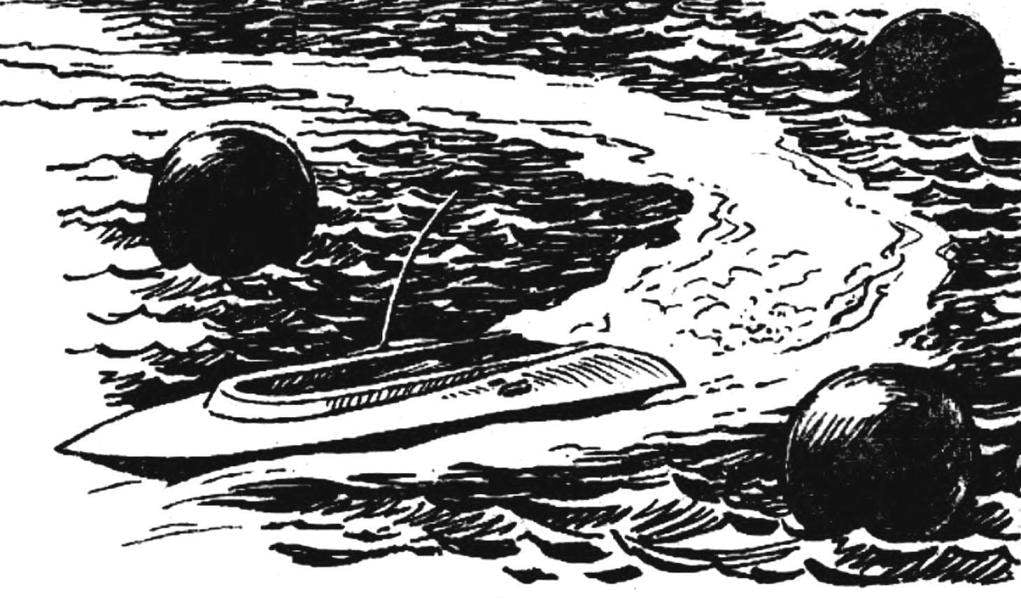
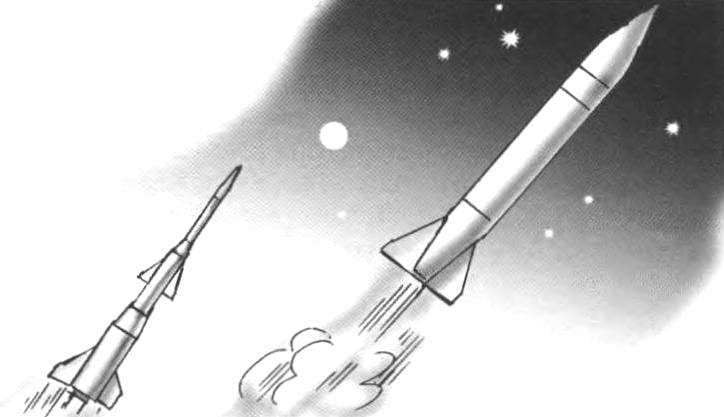
 Category high-rise models (S1) is one of the oldest in the rocket modeling. Since 1985, the sixth world championship, it is firmly “registered” in all world and European Championships. It should be noted that our sportsmen became the leaders in it, and of the eleven world Championships last twenty years became seven-time Champions.
Category high-rise models (S1) is one of the oldest in the rocket modeling. Since 1985, the sixth world championship, it is firmly “registered” in all world and European Championships. It should be noted that our sportsmen became the leaders in it, and of the eleven world Championships last twenty years became seven-time Champions.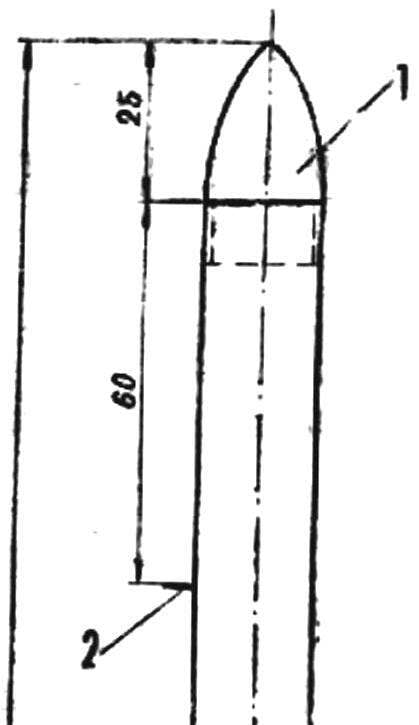
 Constructed this model of the Bulgarian athlete G. Lalev — European champion in class S-3-A 1979. The case is made from one layer of paper on the mandrel Ø 17 mm, and then covered with a thin aluminum foil. At the bottom of the fixed magazine of the Linden under the engine. Guide rings are bent from copper wire Ø 0.5 mm and glued to the hull with epoxy. Stabilizers cut from the balsa plate with a thickness of 0.5 mm and covered with aluminum foil. They are attached to the body butt on the epoxy. Fairing the balsa. The dome of a parachute with a diameter of 500 mm are cut from the Mylar film. Weight of model without motor — 10
Constructed this model of the Bulgarian athlete G. Lalev — European champion in class S-3-A 1979. The case is made from one layer of paper on the mandrel Ø 17 mm, and then covered with a thin aluminum foil. At the bottom of the fixed magazine of the Linden under the engine. Guide rings are bent from copper wire Ø 0.5 mm and glued to the hull with epoxy. Stabilizers cut from the balsa plate with a thickness of 0.5 mm and covered with aluminum foil. They are attached to the body butt on the epoxy. Fairing the balsa. The dome of a parachute with a diameter of 500 mm are cut from the Mylar film. Weight of model without motor — 10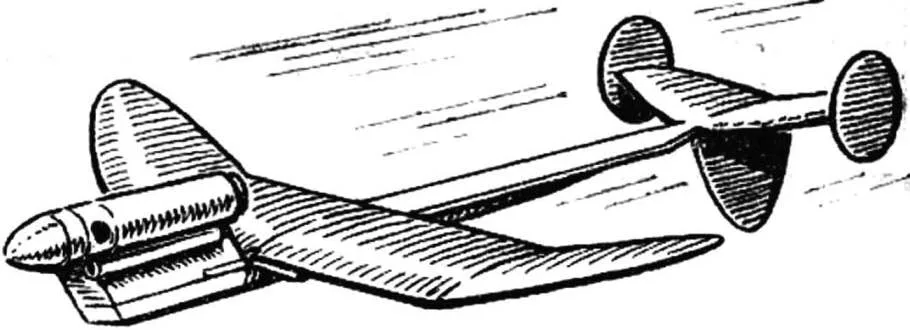
 Parameters and characteristics of the model correspond to the categories Ѕ8А and Ѕ8В. The diameter of the container under the engine selected in accordance with a cross-section of the sleeve (MRD-2,5-3-3 or MRD-5-3-3). We present several design and technological recommendations for the production model.
Parameters and characteristics of the model correspond to the categories Ѕ8А and Ѕ8В. The diameter of the container under the engine selected in accordance with a cross-section of the sleeve (MRD-2,5-3-3 or MRD-5-3-3). We present several design and technological recommendations for the production model.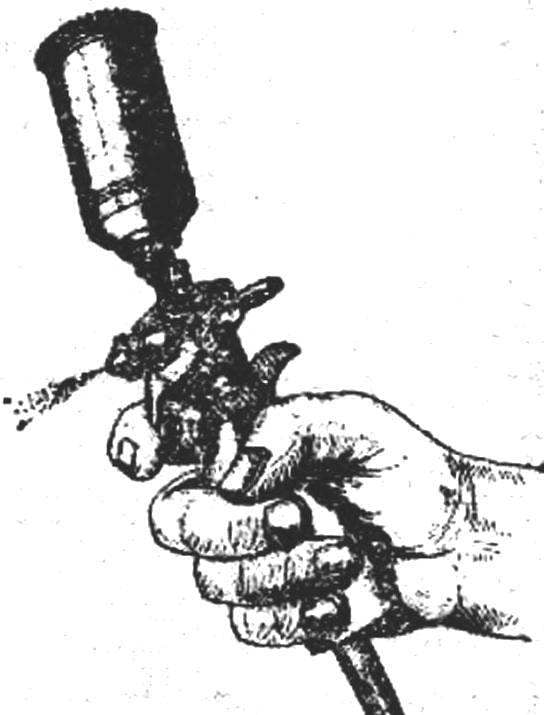
 A failure to “stand” due to poor paint quality model. A crucial role when applying color coating plays spray. I tried them for twenty years are many, but none fully satisfy me. That’s why in the end had to undertake the designing yourself. Took a commercially available spray “Shine”, refined some details and making some new ones. But in principle the device fully to make yourself; all of its elements are quite simple.
A failure to “stand” due to poor paint quality model. A crucial role when applying color coating plays spray. I tried them for twenty years are many, but none fully satisfy me. That’s why in the end had to undertake the designing yourself. Took a commercially available spray “Shine”, refined some details and making some new ones. But in principle the device fully to make yourself; all of its elements are quite simple.

 Considering the number of characterizing a working volume of cylinders of internal combustion motors produced by our industry, necessarily pay attention to the typical “failure”. Unfortunately, the motors of the class from 2.5 to 5.0 cm3 we did not exist. However, these engines required for flight training, high-speed radio-controlled model airplanes, scale airplanes. They can also be set on auto and advanced.
Considering the number of characterizing a working volume of cylinders of internal combustion motors produced by our industry, necessarily pay attention to the typical “failure”. Unfortunately, the motors of the class from 2.5 to 5.0 cm3 we did not exist. However, these engines required for flight training, high-speed radio-controlled model airplanes, scale airplanes. They can also be set on auto and advanced.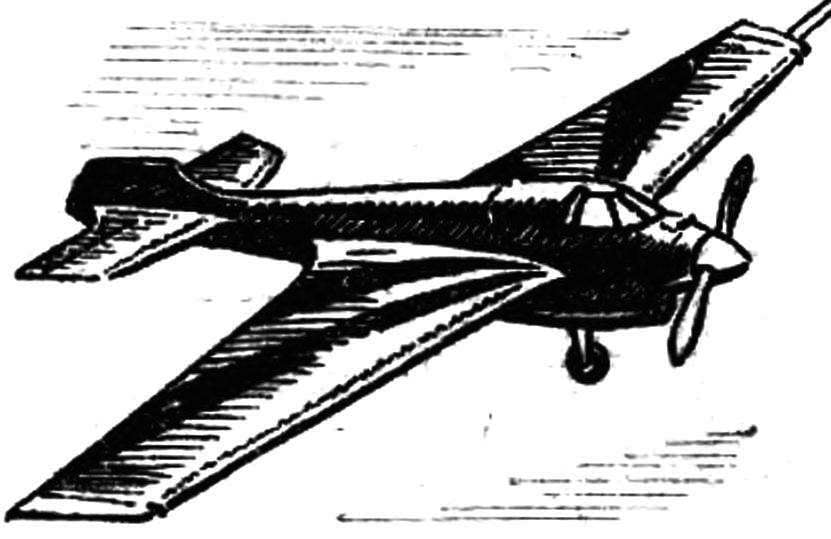
 Control line racing model airplane that we want to bring to your attention, fully complies with the requirements of the FAI. Its most important characteristics: minimum total area — 12 DM2, height with cab — 100 mm, the area of the midsection — 39 cm2, the fuselage width — 50 mm engine capacity — 2.5 cm3, fuel tank capacity — 7 ml.
Control line racing model airplane that we want to bring to your attention, fully complies with the requirements of the FAI. Its most important characteristics: minimum total area — 12 DM2, height with cab — 100 mm, the area of the midsection — 39 cm2, the fuselage width — 50 mm engine capacity — 2.5 cm3, fuel tank capacity — 7 ml.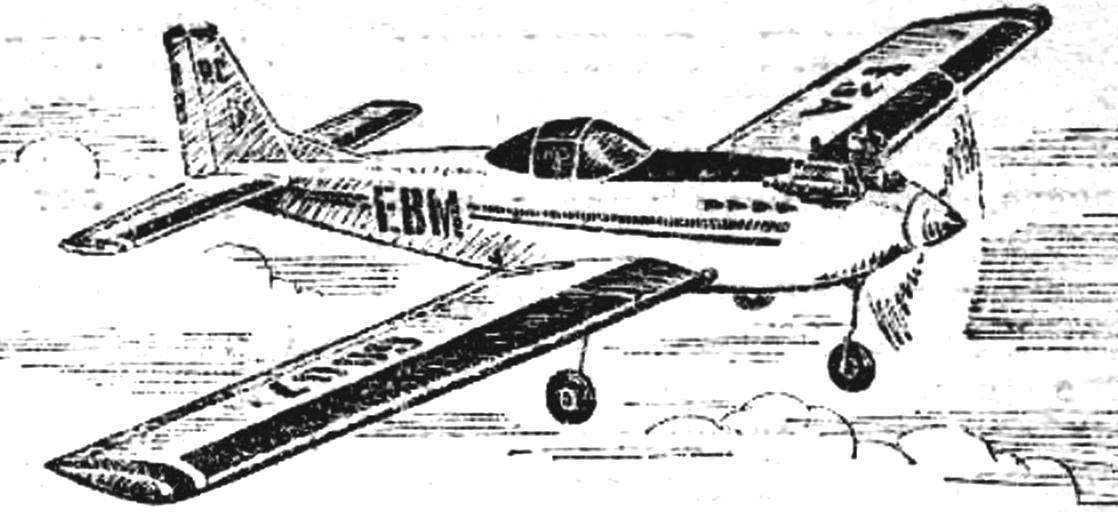
 For eight years I worked as a head of the aeromodelling circle at the station of young technicians in the city of Kiselevsk of the Kemerovo region. Himself in his spare time build a radio controlled model aircraft class S3A. I will provide the fellow training model aircraft aerobatic model.
For eight years I worked as a head of the aeromodelling circle at the station of young technicians in the city of Kiselevsk of the Kemerovo region. Himself in his spare time build a radio controlled model aircraft class S3A. I will provide the fellow training model aircraft aerobatic model.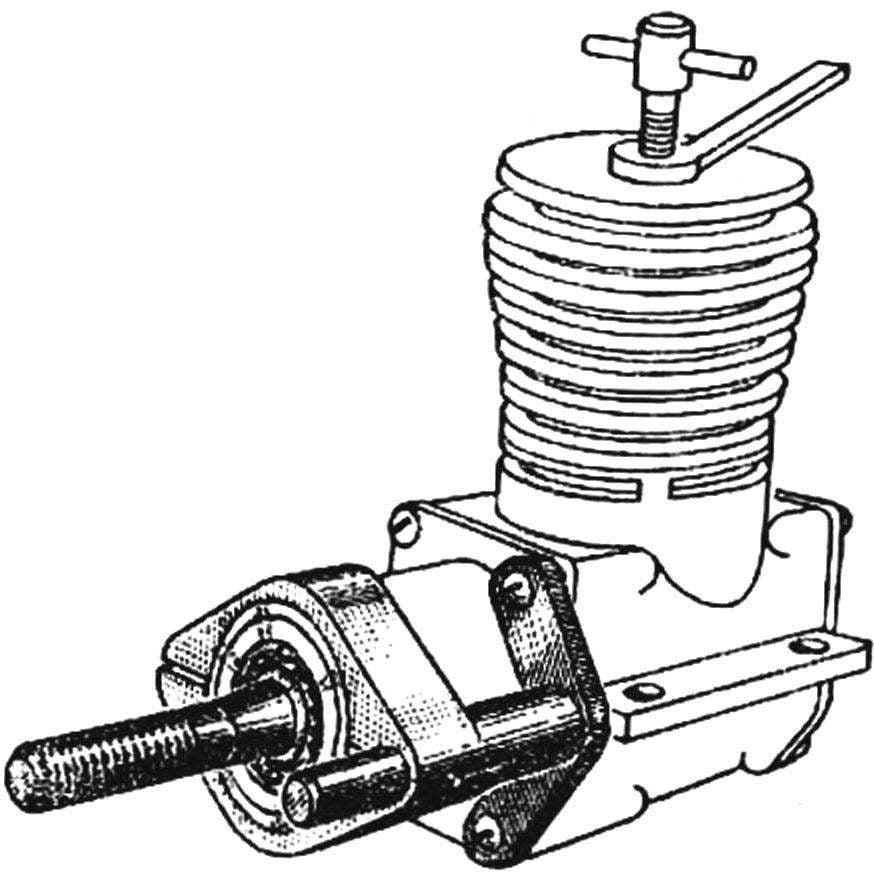
 To run the motor manually? And fingers will discourage, and not always with a half-turn wind up cranky diesels. And the competition time limit to run very hard. Did not fit in the allotted minute — and-goal instead of numbers in judicial protocols appear null.
To run the motor manually? And fingers will discourage, and not always with a half-turn wind up cranky diesels. And the competition time limit to run very hard. Did not fit in the allotted minute — and-goal instead of numbers in judicial protocols appear null.
 In the summer of 1981 in Moscow took place the traditional competition for experimental model airplanes. Today we introduce you to models — winners of these competitions. Student A. Bobrov from the city of Khimki (Moscow region) constructed a model glider “flying wing”, which showed at the competitions best results. Over five rounds were demonstrated following the duration of the flight: 81+16+28+180+130 = 435 C.
In the summer of 1981 in Moscow took place the traditional competition for experimental model airplanes. Today we introduce you to models — winners of these competitions. Student A. Bobrov from the city of Khimki (Moscow region) constructed a model glider “flying wing”, which showed at the competitions best results. Over five rounds were demonstrated following the duration of the flight: 81+16+28+180+130 = 435 C.